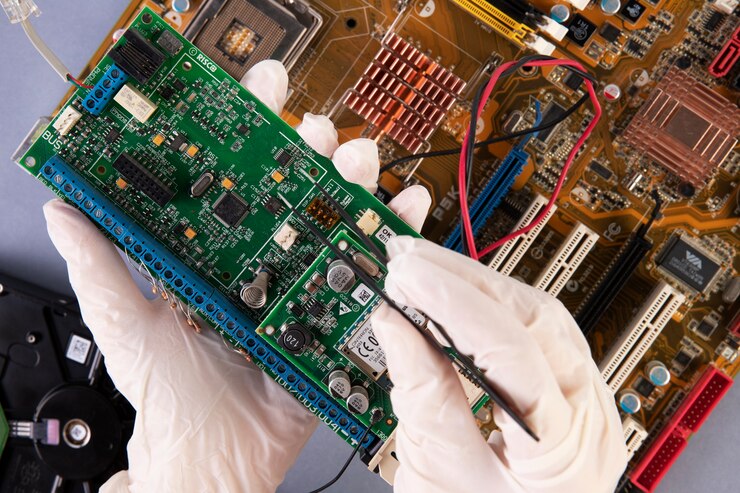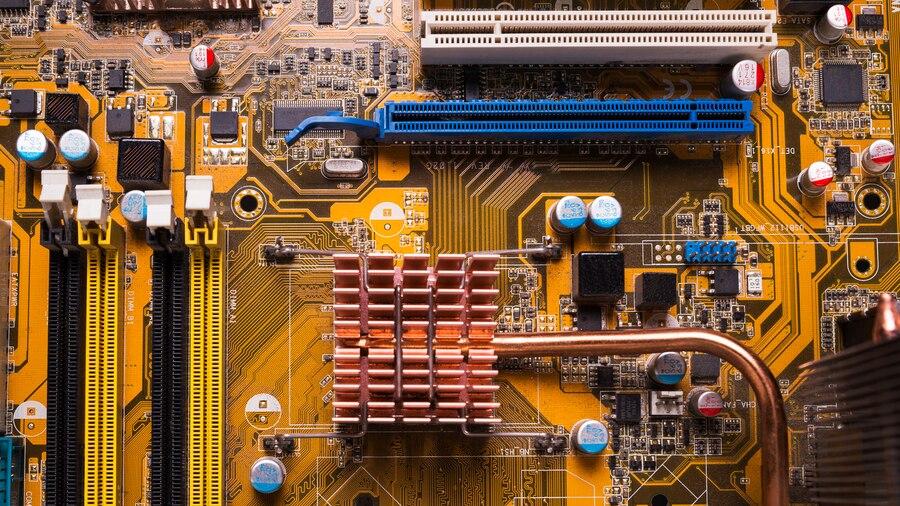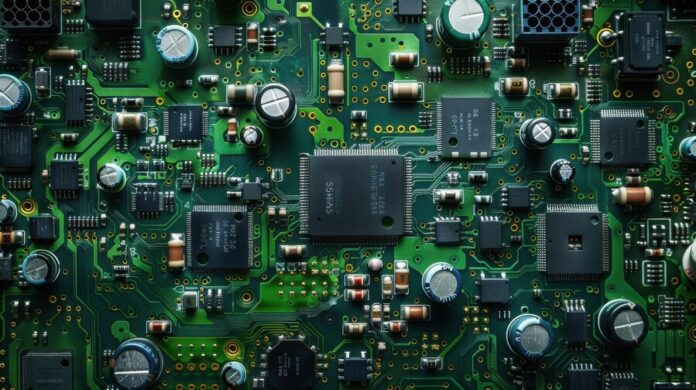In the world of 3D printing, expertise in the pin out flashforge m5 main board is important. Proper understanding of this pinout can help in diagnosing issues, making adjustments, or even upgrading additives.
This article presents an in-depth examination of the pin layout and crucial information about the Flashforge M5 predominant board, a popular element for three-D printing lovers and experts alike.
What is a Flashforge M5 Main Board?
The Flashforge M5 main board is the centre electronic system in the Flashforge M5 3-D printer, answerable for coping with each thing of the printing technique. It orchestrates motor manipulation, heating, and verbal exchange between the printer’s components, making an allowance for an unbroken and specific printing experience.
Understanding the pin out flashforge m5 main board offers perception into the potential for personalisation, troubleshooting, and upgrading.
Why Understanding the Pin out Flashforge M5 Main Board, Matters
Whether you’re a technician, hobbyist, or DIY printer builder, information the pin out flashforge m5 main board is vital for several reasons:
- Custom Modifications: Knowing the pin format enables custom adjustments for unique printing requirements.
- Troubleshooting: Identifying pins can assist in diagnosing and solving hardware problems.
- Component Upgrades: Swapping or upgrading components turns into less difficult with detailed pin records.
Detailed of the Pin out Flashforge M5 Main Board
Understanding each pin’s characteristic at the Flashforge M5 fundamental board is crucial for secure and powerful operation. Here, we break down the board’s pin configuration primarily based on unique issue manipulation.
1. Power Supply Pins
The power supply pins are vital for dispensing power to diverse components inside the mainboard. On the Flashforge M5 most important board, they’re located near the board’s area and are marked for easy identity.
- VCC (+5V): Supplies electricity to onboard additives, assisting to modify minor circuitry.
- GND (Ground): The ground pin connects to the circuit ground and is essential for stabilising voltage throughout the board.
- +12V/+24V: These pins offer better voltage to more power-annoying components like the heating mattress and extruder.
2. Stepper Motor Pins
Stepper cars manage the X, Y, Z, and E (extruder) axes, imparting precision movement for the 3-d printing technique. Each motor requires a set of pins for correct functioning.
- X Step, Y Step, Z Step, E Step Pins: These pins send alerts to every motor for directional management, dictating movement of their respective axes.
- X Dir, Y Dir, Z Dir, E Dir Pins: These pins set the motor’s directional motion, allowing forward and backward movement.
- Enable Pins: Enable pins set off the stepper cars most effective when they receive power, making sure they perform best whilst necessary.
3. Endstop Pins
The endstop pins are critical for placing the printer’s domestic position, which calibrates the axes.
- X Endstop, Y Endstop, Z Endstop: These pins connect to the restriction switches on each axis, permitting the board to apprehend the printer’s starting position.
- Signal and Ground Pins: Each endstop has a sign and ground pin to ship prevent-position information back to the board.
4. Heater and Thermistor Pins
Heating is important in 3-D printing. The Flashforge M5 primary board consists of pins to manipulate the hotend heater and heated mattress along with associated thermistors for temperature comments.
- Hotend Heater Pins (H0): Controls the heating detail inside the extruder, helping to melt the filament for extrusion.
- Bed Heater Pins (H1): Power the heated mattress, maintaining an ideal temperature to prevent warping.
- Thermistor Pins (T0 and T1): Connect to the hotend and mattress thermistors to monitor temperature, making sure constant and safe operation.
5. Fan Pins
Cooling fanatics are crucial for dissipating warmth from the nozzle and different components, which improves print satisfactory.
- Fan 1 and Fan 2 Pins: Control the primary and secondary cooling lovers. These pins make sure that fans are lively all through operation, pin out flashforge m5 main board stopping overheating and making sure top of the line print cooling.
6. Communication Pins
For a 3D printer to engage with outside devices (like computers or LCD monitors), it wishes for conversation pins.
- TX/RX Pins: Transmit (TX) and receive (RX) pins are critical for data communique, commonly used whilst flashing firmware or connecting with peripherals.
- USB and Serial Pins: These pins facilitate facts transfer among the board and related gadgets.
7. LCD Display Pins
The Flashforge M5 main board consists of a pinout for connecting an LCD interface, permitting customers to have interaction directly with the printer.
- LCD Data Pins: Control the display display, enabling customers to see print settings and development.
- Button Pins: If the LCD has bodily buttons, these pins connect with every button, taking into consideration menu navigation.

Benefits of Modifying the Pin out Flashforge M5 Main Board
Modifying the pin out flashforge m5 main board can be exceptionally tremendous, specifically for advanced users or the ones looking to beautify their 3-D printing. By tapping into those pin capabilities, customers can:
- Add Accessories: Additional cooling lovers, upgraded sensors, or external presentations may be added by connecting them to the board’s pins.
- Enhance Precision: Rewiring positive pins can improve printer reaction time, precision, and reliability.
- Upgrade Components: Upgrading components, such as moving to a higher-potential heater or adding greater sensors, may be done with know-how of the pinout.
Safety Considerations When Modifying the Flashforge M5 Pinout
Handling the pin out flashforge m5 main board calls for caution. Modifying those pins without a thorough knowledge of electrical circuits could cause:
- Short Circuits: Incorrect wiring may additionally bring about short circuits, unfavourable the board.
- Overheating: Misconfigured heater pins can cause excessive heating, doubtlessly unfavourable to the printer.
- Inaccurate Temperature Readings: Altered thermistor wiring can yield unreliable temperature readings, affecting print high-quality.
Always electricity off the printer before making adjustments and use proper grounding techniques to save you static discharge from unfavourable sensitive components.
Conclusion on Pin out Flashforge M5 Main Board
Understanding the pin out flashforge m5 main board, the most important board is beneficial for each troubleshooting and customising your 3D printer. From energy delivery to endstop and thermistor connections, the layout of every pin serves a unique and vital motive inside the printer’s functionality.
By using this information, customers can not handiest make certain most efficient performance but additionally explore modifications to fulfil unique printing desires.

Frequently Asked Questions (FAQs):Pin out Flashforge M5 Main Board
What are the number one strength pins on the Flashforge M5 principal board?
The number one electricity pins are VCC (+5V), GND (floor), and both +12V or +24V, relying on the additives’ requirements.
Can I add additional lovers to the usage of the existing pinout?
Yes, additional fans may be introduced, but make certain they are compatible with the board’s voltage output.
What is the motive of the stepper motor pins?
Stepper motor pins manipulate the movement and route of each axis (X, Y, Z) and the extruder, ensuring accurate 3D print positioning.
Is it possible to connect an LCD show to the Flashforge M5?
Yes, the Flashforge M5 fundamental board includes a pinout for LCD connection, allowing for show customization.
Are there risks worried in enhancing the main board pinout?
Yes, mistaken modifications can lead to short circuits, overheating, and erroneous sensor readings, probably damaging the printer.

